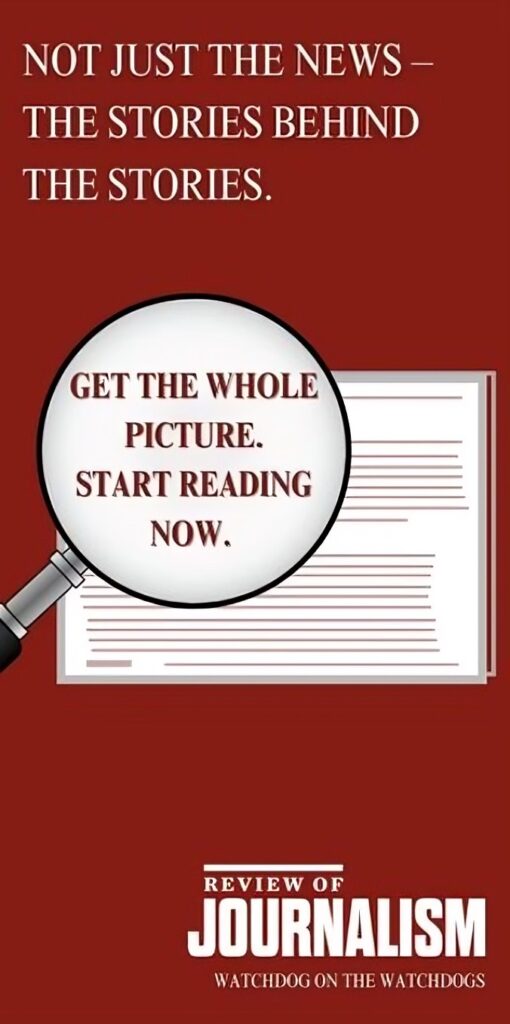Is Alice Munro more of an autobiographer in The View from Castle Rock than in her other books? Is she more self-revealing about her own passion, domesticity, envy, aging, literary ambition, her approach to death or anxiety, or to the transferences of feelings as a four-year-old onto “current” experiences used in the “stories”? Munro certainly plays throughout the book with references to James Hogg’s Confessions of a Justified Sinner, the famous Scottish writer being a distant cousin of hers. She begins in a country churchyard with her great-great-great-great grandfather’s tombstone:
Here lyeth William Laidlaw, the far-famed Will o’ Phaup, who for feats of frolic, agility and strength, had no equal in his day…
Epitaph composed by his grandson, James Hogg.
Hogg was born on a poor farm near Ettrick Forest and helped by Alice’s progenitor, James Laidlaw. He published...
Margaret-Ann Fitzpatrick-Hanly is a Toronto psychoanalyst and critic who has written on narrative, Keats, Brontë, Austen and Alice Munro.

